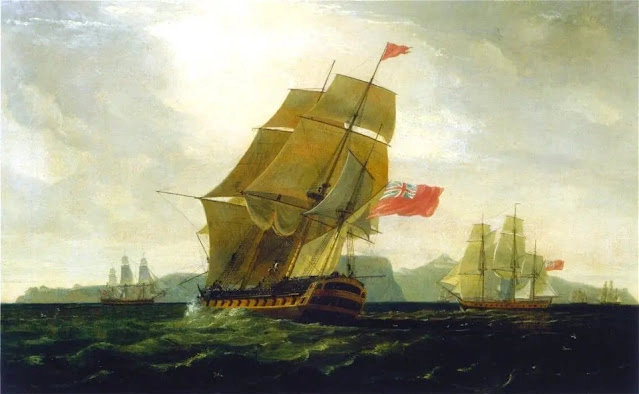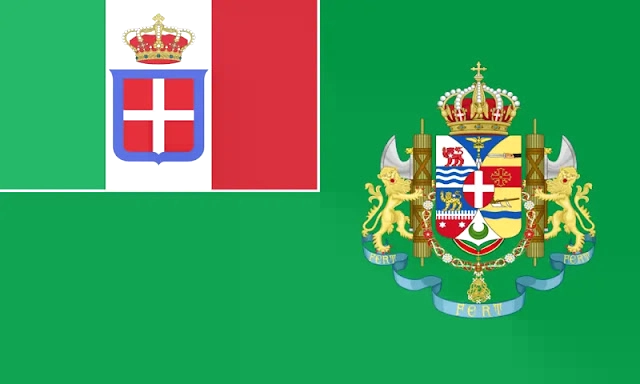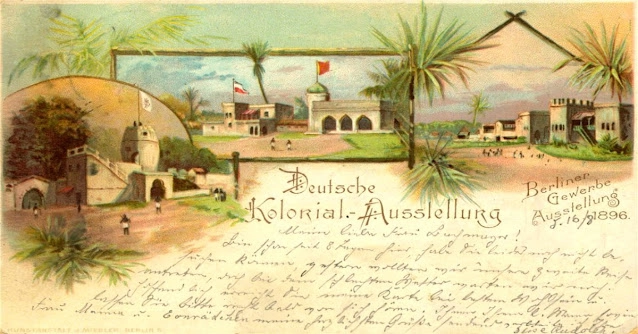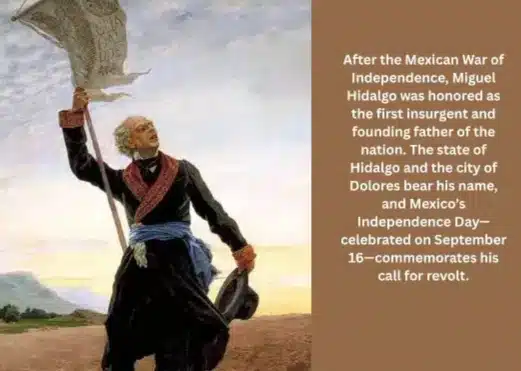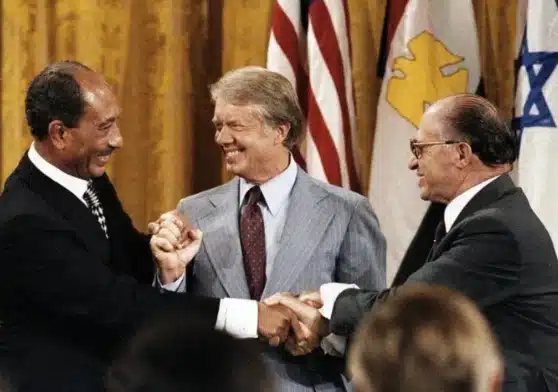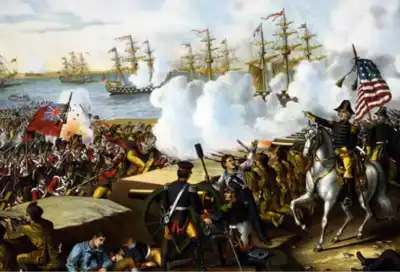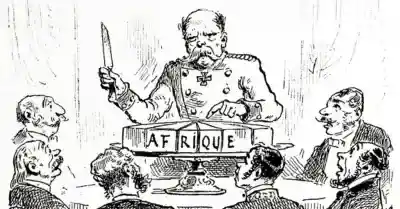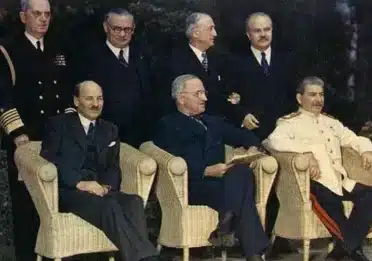Morocco’s Independence: Internal Strife & External Influence
Morocco gained liberation in 1956 after more than 40 years as a French Protectorate (though Spain had controlled the northern third of the country as well as the Western Sahara. Morocco’s path to independence was a gradual process that extended over several decades. Earlier to gaining independence, Morocco had been under French and Spanish colonial rule.
In the early 20th century, Moroccan nationalism instigated to emerge as a response to foreign control. The movement sought to reclaim Moroccan independence and preserve the country’s
cultural and political identity. Key figures in the nationalist movement included leaders such as Allal al-Fassi and Muhammad V, who played significant roles in encouraging for independence. In this article, we aim to shed light on the historical context leading up to Morocco’s pre-independence era.
💻 Table of Contents:
- Treaty of Fez: A Turning Point in Morocco’s History
- France’s Exit: Morocco’s Path to Full Sovereignty
- Territorial Struggles: Spain’s Colonial Presence and Conflicts in Morocco
- Diplomacy and Opposition: Paved the Way for Morocco’s Independence
- Morocco’s Independence: Spain’s Gradual Withdrawal
 |
| Blue painted streets in Morocco |
Treaty of Fez: A Turning Point in Morocco’s History
Before gaining independence, Morocco had been under the colonial rule of both France and Spain. The primary cause of the French occupation can be documented to the imperialistic ambitions of European powers during the period known as the Scramble for Africa. In the late 1800s, France, along with other European nations, sought to expand their colonial empires and secure resources and markets in Africa. Morocco, with its strategic location on the northwest coast of the continent, became a target for colonization.
The French gradually increased their presence and influence in Morocco through diplomatic managerial and economic interests. In 1904, France and Britain signed the Entente Cordiale, which defined their respective spheres of influence in North Africa. According to this agreement, Morocco fell under the French sphere of influence.
In 1912, France and Morocco signed the Treaty of Fez. This treaty established a French protectorate over Morocco, effectively diminishing Moroccan sovereignty and granting France substantial control over the country’s political, economic, and administrative affairs. The causes of the French occupation can be traced to several factors.
First, Morocco’s geopolitical significance as a gateway to the Mediterranean and its rich resources, including agriculture, mining, and trade routes, made it an attractive target for colonization. Furthermore, the weakness of the Moroccan Sultanate and internal divisions within the country contributed to the French occupation. Morocco experienced political instability and conflicts among different factions, which the French exploited to establish their control.
Additionally, the French justified their occupation by claiming they were bringing modernization, development, and stability to Morocco. They implemented policies aimed at introducing their legal and administrative systems, modernizing infrastructure, and promoting economic interests. However, these policies were often implemented to serve French interests rather than benefit the Moroccan population.
 |
| Entente Cordiale celebrations 1905 |
It’s important to note that the French occupation was met with resistance from the Moroccan people. Throughout the occupation, nationalist movements and leaders emerged, advocating for independence and the restoration of Moroccan sovereignty. The struggle for independence would eventually culminate in Morocco regaining its freedom in 1956.
Overall, the French occupation of Morocco was driven by imperialistic ambitions, geopolitical interests, and the weakening of the Moroccan state. It had a profound impact on the country’s history, culture, and socio-political landscape, shaping the path towards independence and the subsequent development of modern Morocco.
France’s Exit: Morocco’s Path to Full Sovereignty
Negotiations between France and Moroccan nationalist leaders took place, and on March 2, 1956, France officially recognized Morocco’s independence. The French government, under Prime Minister Guy Mollet, signed the Moroccan-French Joint Declaration, acknowledging Morocco’s sovereignty and granting it independence.
While the declaration marked an important milestone, the process of France’s complete withdrawal took several years. France continued to have economic and diplomatic ties with Morocco, and negotiations on various aspects of the relationship between the two countries continued.
💻 You May Also Like:
- Ivory Coast’s Sweet Revolution: Colonial Legacy & the $100B Chocolate Battle
- Suez Canal Construction: A Tale of Unsung Heroes
- Djibouti’s Geostrategic Significance: A Magnet for Global Military Presence
Territorial Struggles: Spain’s Colonial Presence and Conflicts in Morocco
Spain’s historical involvement in Morocco’s history spans several centuries and is marked by periods of colonization, conflicts, and territorial disputes. Spain’s initial contact with Morocco dates back to the medieval era when Islamic kingdoms ruled the Iberian Peninsula. The Moors, as they were known, crossed the Strait of Gibraltar and established their rule in parts of present-day Spain and Portugal. The Christian recapture gradually pushed the Moors out of the Iberian Peninsula, and by the late 15th century, Spain had regained control over its territories.
 |
| Allal al Fassi 1951 |
In the early 16th century, Spain embarked on a period of expansion and colonization, seeking to establish a global empire. Morocco, with its proximity to Spain and strategic importance, became a target for Spanish ambitions. Spanish forces conducted military campaigns and established footholds along the Moroccan coast, including the cities of Ceuta and Melilla.
Throughout the following centuries, Spain’s presence in Morocco fluctuated. Spain faced resistance from local populations and rival European powers, which led to territorial losses and conflicts. However, Spain maintained its hold on Ceuta, Melilla, and other smaller enclaves along the northern coast of Morocco. During the 19th and early 20th centuries, Spain, along with other European powers, sought to exploit Morocco’s resources and strategic position.
Spain engaged in negotiations and agreements with France, such as the Treaty of Wad Ras in 1860, which defined the borders between Spanish and French zones in northern Morocco. In 1912, Spain, through separate negotiations, established its own protectorate over certain regions in northern Morocco, including cities like Tangier and Tetouan. The Spanish protectorate aimed to secure Spanish economic and political interests in the region, but it faced resistance from local populations and nationalist movements.
Spain’s rule in the protectorate was marked by various policies and initiatives, including the implementation of its legal system, infrastructure development, and economic exploitation. However, similar to the French occupation, Spanish control was met with opposition and calls for independence.
Morocco regained its independence from Spain in 1956, following a period of nationalist movements and negotiations. While Spain withdrew from most of its territories in Morocco, it retained control over the enclaves of Ceuta and Melilla, which continue to be points of contention between Morocco and Spain.
Overall, Spain’s historical involvement in Morocco’s history includes periods of colonization, conflicts, and the establishment of a protectorate. Spain’s presence in Morocco has had a lasting impact on the region’s history and continues to influence diplomatic relations between the two countries today.
 |
| Mohammed V King of Morocco |
Diplomacy and Opposition: Paved the Way for Morocco’s Independence
In 1944, the nationalist movement gained further momentum with the issuance of the “Manifesto of Independence,” which demanded an end to the French protectorate status and the establishment of an independent Moroccan state. The manifesto called for unity among Moroccans and emphasized the importance of preserving the country’s cultural heritage. Tensions reached a peak in 1953 when protests exploded in Casablanca.
The protests were met with a heavy-handed response from the French authorities. Muhammad V, who had been exiled by the French, became a symbol of resistance and a rallying point for the independence movement.
International pressure and changing geopolitical dynamics also played a role in Morocco’s path to independence. The decolonization movement, the growing Cold War dynamics, and the shifting attitudes of the international community towards colonialism all contributed to the recognition of Morocco’s right to self-governance.
Negotiations between the French and Moroccan nationalist leaders, including Muhammad V, led to the signing of the “La Celle-Saint-Cloud Agreements” in 1955. These agreements recognized Morocco’s right to self-government and set the stage for the country’s independence. On March 2, 1956, Morocco officially gained independence from France. Muhammad V returned from exile and was reinstated as the country’s monarch. The independence of Morocco was met with joyous celebrations across the nation, as Moroccans finally regained control over their destiny.
Morocco’s Independence: Spain’s Gradual Withdrawal
Spain’s gradual withdrawal from its territories in Morocco in the mid-20th century marked a pivotal moment in Morocco’s struggle for independence. Fueled by nationalist movements and international pressure, Spain engaged in negotiations, leading to the signing of the Treaty of Angra de Cintra in 1956.
While Spain officially granted Morocco independence, retaining control over Ceuta and Melilla led to ongoing tensions. Despite occasional challenges, Spain’s departure marked the end of its colonial era in Morocco, empowering the nation to assert full sovereignty and shaping the foundation for modern bilateral relations.
 |
| Market in Morocco |
Conclusion:
The independence of Morocco marked a significant milestone in the nation’s history. The struggle for sovereignty against French and Spanish colonial rule showcased the resilience and determination of the Moroccan people. While the process of gaining independence was a complex one, involving negotiations, protests, and international pressure on the colonizing powers. Eventually, France and Spain recognized Morocco’s right to self-government, leading to the country’s independence in 1956.
It’s important to note that while Morocco gained independence, there were still certain areas, such as the Spanish enclaves of Ceuta and Melilla, that remained under Spanish control. These enclaves continue to be a topic of disagreement between Morocco and Spain. Finally, a insightful analysis of modern Moroccan history reveals that internal conflicts within a country pave the way for the intervention of external powers.
Frequently Asked Questions
The Treaty of Fez, signed in 1912, established a French protectorate over Morocco, effectively diminishing Moroccan sovereignty and granting France control over political, economic, and administrative affairs.
Morocco officially gained independence from France on March 2, 1956. Spain also withdrew gradually, with agreements like the Treaty of Angra de Cintra, although it retained control over Ceuta and Melilla.
Muhammad V was a key figure in Morocco's independence movement. He symbolized resistance, was exiled by the French in 1953, and later negotiated Morocco’s independence. He returned in 1956 as the reinstated monarch.
France and Spain colonized Morocco due to its strategic location, rich resources, and geopolitical significance. Internal divisions and political instability within Morocco also facilitated foreign occupation.
French and Spanish colonial rule shaped Morocco’s modern political and economic landscape. While Morocco gained independence, Spain retained Ceuta and Melilla, which remain a point of dispute between the two nations. How did the Treaty of Fez impact Morocco's sovereignty?
When did Morocco gain independence from France and Spain?
What role did Muhammad V play in Morocco’s independence movement?
Why did France and Spain colonize Morocco?
What are the lasting effects of Spanish and French colonial rule in Morocco?


